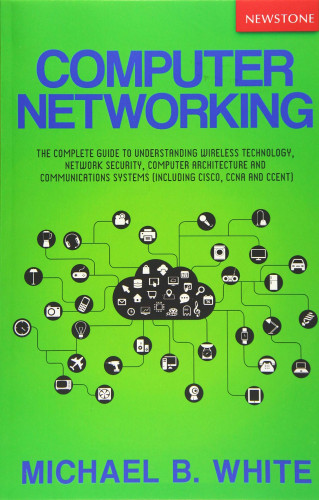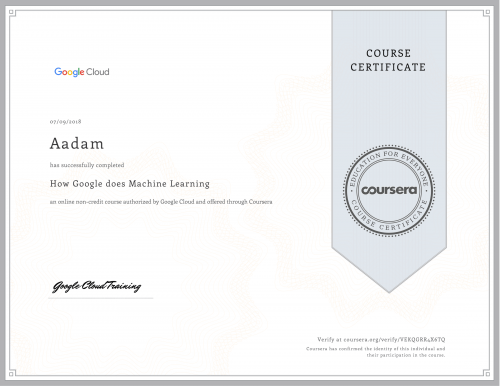
Michael B. White – The Complete Guide to Understanding Wireless Technology, Network Security
English | Size: 275.70 MB
Category: Tutorial
Technology has gradually transitioned from wired to wireless over the years with tons of benefits. From the internet of things to wireless communication, we are all witnesses of the huge benefits of wireless technologies. This audiobook covers various subjects and highlights both the benefits and challenges of wireless technologies.



